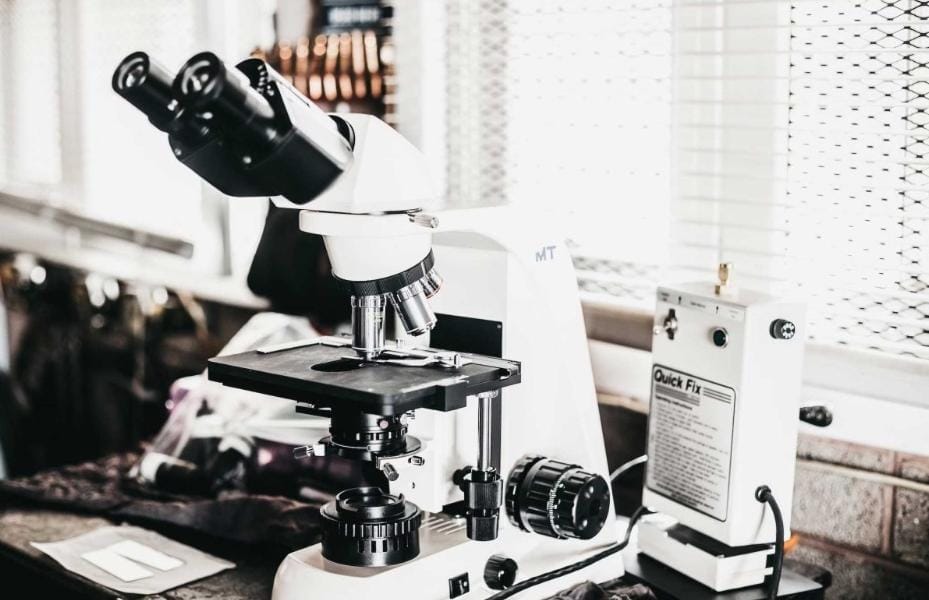Microscopes are magic tools. They make us dive into the tiny wonders of our world. Whether you’re a student, scientist, or just a curious explorer, these fantastic gadgets let us dive into the microscopic universe. However, like any other tool, microscopes need some love and care to stay in tip-top shape! Many people, however, don’t understand what to do. That’s why we’re going to walk you through the safety and maintenance steps for your microscope with this easy-to-follow guide.

Safety
Microscopes are delicate instruments that require careful handling. Here are some safety tips to keep in mind:
- Do not disassemble the microscope carelessly and roughly, as this may result in electric shock or damage.
- Allow the halogen bulbs to cool before touching. Halogen bulbs become extremely hot and may cause burns if touched.
- To avoid electric shock or damage to the instrument, unplug the microscope before replacing the bulb.
- Better lift the microscope with two hands, one hand on the arm, the other hand supporting the base. Avoid falling on the floor because it’s too heavy.
- Be careful with the cords. Be careful with them so you don’t trip over them or let the microscope accidentally fall to the floor where it can be easily broken.
- Wear protective equipment such as gloves and safety glasses when using the microscope to avoid being harmed by any hazardous substances.
Maintenance
Proper maintenance of microscopes is essential to ensure their longevity and optimal performance. Here are some tips to keep your microscope in top condition:
Go through the manual: Each microscope should come with a user’s manual. Always consult this user’s manual before making any adjustments to your microscope.
Keep it clean: Microscope lenses can easily be scratched. Clean the lenses and other parts of the microscope with a soft, lint-free cloth. Never use sharp instruments or anything abrasive to clean the microscope lens. Avoid touching the lenses with your bare fingers. Always keep your hands clean when you touch the microscope.
Store it properly: When not in use, store the microscope in a dry, dust-free environment. Cover it with a dust cover to protect it from dust and other damage.
Handle it with care: Always handle the microscope with care. Don’t apply too much force. Check parts regularly and replace worn parts in a timely manner.
This is where we give advice on microscope safety and maintenance. Microscopes are essential tools for scientific research and education. There are many types and applications of microscopes that you need to know more about before choosing a microscope. Apexel High Resolution MS003 Portable Digital Microscope is a cost-effective choice.
Of course, in addition to microscopes, apexellens also has interesting night vision, which can be purchased together with children to bring them more fun.
Microscope Safety. Never disassemble the microscope as doing so may cause electric shock or damage to the microscope; Allow the halogen bulbs to cool before As a final step, the moisture is removed by wiping in a circular motion with a lens tissue tube. Final Evaluation of Lens Surface – Inspecting the lens surface










